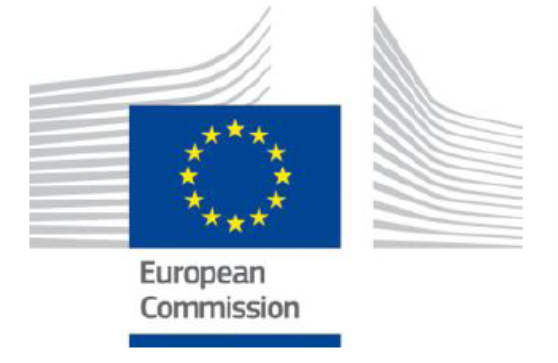Euro-zone Investment & Profitability, 1st Quarter 2023: Data from Eurostat shows a small improvement in the investment rate (defined as gross fixed capital formation divided by gross value added) compared to the previous quarter to stand at 24.1% (23.9% in Q4-22); it is also above the level of a year earlier when it stood at 23.8%. This increase came because capital formation rose more quickly than value added.
This is broadly the level we saw through most of 2022, with the exception of a spike in the 3rd quarter where the figures are distorted by large imports of intellectual property products.
In contrast, there was a sharp fall in the profit share of non-financial corporations in the Euro-zone which declined to 40.3% from a peak of 42.0% (the highest value since 2007) in the previous quarter; it was, however, as the same level as a year earlier (Q1-22).
The profit share of non-financial corporations is defined as gross operating surplus divided by gross value added. This indicator shows the share of the value added created during the production process remunerating capital and is measured using the share of wage costs (plus other taxes minus other subsidies on production) in value added. The return to the level of a year earlier came because gross value added grew at a slower pace than compensation of employees (wages and social contributions) plus taxes less subsidies on production.
For more details, you can download the Euro-indicators report from their website at https://ec.europa.eu/eurostat/news/euro-indicators (4 July – the item appears to be about the household saving rate but, bizarrely, includes the business investment and profit data).

